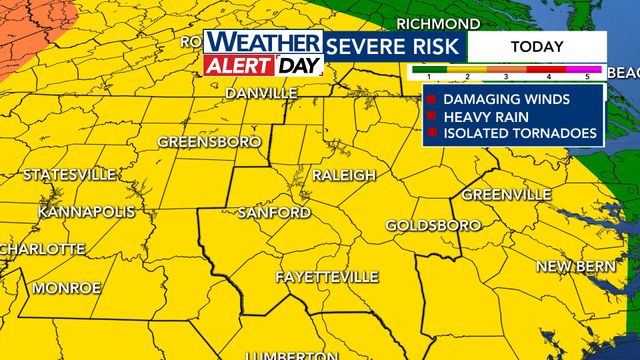Blizzard blankets northeast in white
By Friday evening, the New York-to-Boston corridor was experiencing blizzard-like conditions, with blowing, swirling snow and freezing rain. Early snowfall was blamed for a 19-car pileup in Cumberland, Maine, that caused minor injuries. In Rhode Island, 34,000 homes and businesses lost power.
Forecasters said wind gusts up to 75 mph could cause more widespread power outages and whip the snow into fearsome drifts. Flooding was expected along coastal areas still recovering from Superstorm Sandy, which hit New York and New Jersey the hardest and is considered Jersey's worst natural disaster.
Drivers were urged to stay off the streets lest their cars get stuck, preventing snowplows and emergency vehicles from getting through. New York City ran extra commuter trains in the afternoon to help people get home before the brunt of the storm hit.
"This is a storm of major proportions. Stay off the roads. Stay home," said Boston Mayor Thomas Menino.
At Raleigh-Durham International Airport, all departures to the New York area were canceled early Friday, along with most arrivals from the Northeast.
Nicole Erny, in the Triangle for a conference, saw no delays on her route, but a colleague who was scheduled to fly through Baltimore was not so lucky. "They're dealing with either not getting home or having to get home earlier," she said.
RDU spokeswoman Mindy Hamlin said flights could be affected through the weekend as canceled trips are rescheduled.
"We are recommending that if you have plans over the weekend to contact your airline because we could have a ripple effect and we could see cancellations throughout the day tomorrow and into Sunday,” she said.
The storm mercifully arrived at the start of weekend, which meant fewer cars on the road and extra time for sanitation crews to clear the mess before commuters in the New York-to-Boston corridor of roughly 25 million people have to go back to work. But it could also mean a weekend cooped up indoors.
"This one doesn't come along every day. This is going to be a dangerous winter storm," said Alan Dunham, meteorologist for the National Weather Service in Taunton, Mass. "Wherever you need to get to, get there by Friday afternoon and don't plan on leaving."
Meteorologist Jeff Masters of Weather Underground said the storm was actually a collision of two storms, and may end up among the Boston area's Top 5 most intense ever.
"When you add two respectable storms together, you're going to get a knockout punch with this one," he said.
It could break Boston's all-time snowstorm record of 27.6 inches, set in 2003, forecasters said. The storm also comes almost 35 years to the day after the Blizzard of '78, a ferocious storm that dropped 27 inches of snow, packed hurricane-force winds and claimed dozens of lives.
Masters said the region could get a break from warmer air trailing behind that is expected to push temperature up to the 40s by Monday. "It's going to be not that difficult to dig out, compared to maybe some other nor'easters in the past, where it stayed cold after the storm went through," he said.
Amtrak stopped running trains in cities around the Northeast on Friday afternoon. Airlines canceled more than 4,300 flights through Saturday, and New York City's three major airports and Boston's Logan Airport shut down.
Interstate 95 was closed to all but essential traffic in Rhode Island, where the governor said power outages remained the biggest threat.
"With tree branches laden with heavy, wet snow, the winds picking up and the temperatures plunging all at the same time, it's a bad combination," Gov. Lincoln Chafee said.
In Massachusetts, Gov. Deval Patrick enacted a statewide driving ban for the first time since the Blizzard of '78. Hours before the ban went into effect at 4 p.m., long lines formed at gas stations, some of which were almost out of fuel.
James Stone said he was saving the remaining regular gas at his station in Abington, south of Boston, for snowplow drivers.










